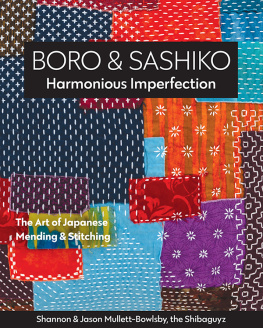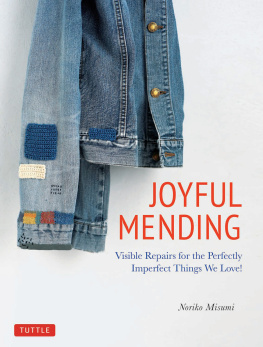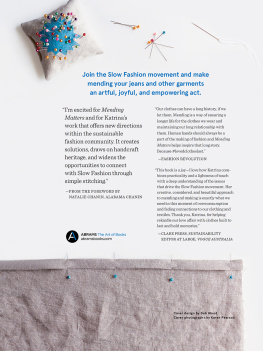


FOR MY SONS, Maxwell and Jude, who brighten my faith in the future of everything
AND FOR MY MOTHER, Carol, who taught me to sew

Foreword
In 2000, I returned to my hometown in Alabama and launched Project Alabama, my first company at the intersection of fashion design and sustainability. Six years later, Alabama Chanin was born and has steadily grown to the family of businesses it is today. In my time at the helm of a Slow Fashion company, Ive seen great shifts in the consumers interest for sustainability, and watched a talented craft community grow to surround and expand this movement.
Ive been positioned as a leader in this community and had the great honor of designing, teaching, publishing, speaking, and collaborating with inspiring people and institutions around the world. There is no doubt that the interest in sustainable fashion is growing, but theres still more work that remains ahead. Theres ample space for new designers, makers, teachers, and artists to join the movement and offer unique perspectives, talents, and expertise. Its exciting to see a handcraft like mending gain popularity and find its rightful place in Slow Fashion.
Im excited by Katrinas enthusiasm for sustainable fashion as a maker but also as an organizerher commitment was apparent when she interviewed me for her monthly blog column, Slow Fashion Citizen, and again through the community shes invited into this book. But Im most excited about how Mending Matters fits into the larger sustainable fashion movement. There are many ways to prioritize ecological and ethical garments in future purchasesfiber sources, fair wages, handcraft, quality, longevity, etc.and yet theres still an opportunity to mend and care for the garments we already own.
Mending Matters leads the reader through thoughtful solutions to repair and reuse, but also, it is a call to action for considering Slow Fashion, sustainable living, and mindful consumption. The call to action is meant for anyone and everyone. Mending Matters is an opportunity to embrace slow stitching, handcraft, and fiber arts. Mending can make garments beautiful and personal, and allow for creative expression. Handcraft adds to a sustainable community through preservation of skill and handworka key aspect that is sometimes overlooked but that I honor deeply in my designs.
Im excited for Mending Matters and for Katrinas work that offers new directions within the sustainable fashion community. It creates solutions, draws on handcraft heritage, and widens the opportunities to connect with Slow Fashion through simple stitching. Sustainable fashion has many entry points (design, making, purchasing, repairing, etc.) and mending is a great opportunity to engage. As I celebrate the eighteenth year of my own work in sustainable fashion, Im thrilled to witness this interest in mending and believe Mending Matters is an exciting and important addition.

NATALIE CHANIN
Alabama Chanin, founder & creative director
Florence, Alabama, 2018

Introduction
Theres a wonderful quote by Arthur Ashe: Start where you are. Use what you have. Do what you can. I refer to it so much in my work with sustainable fashion that I fear Im pushing repetition to its brink. But its so spot-on and simple I cant resist: Recognize that you have everything you need to simply begin your Slow Fashion journey right now, use what you already have, and simply do what feels possible today.
When I first started my work with Slow Fashion I thought I needed to know all the ethical designers out there, understand the origins of all the fabrics in my stash, and acquire professional mending techniques to repair my clothes. But it turns out, I didnt. I just needed to know what I already knewa few simple stitches to mend my clothes and slow down my fashion consumption. I staved off factory fashion for one yearno new clothing purchases while I focused on making, thrifting, and mending insteadbut this was just the beginning of a lifelong journey toward Slow Fashion and a sustainable wardrobe.
My journey developed with experience, exposure, adventure, awareness, missteps, mistakes, and so much joy. While I list my favorite tools, threads, fabrics, and techniques throughout this book, the simple truth is that I hope youll just mend your clothes. Just like the Ashe quote says, I want you to use what you have and do what you can and begin to deepen your relationship to fashion by simply caring for your garments. Actually, I dont just want you to care for your garments. Ultimately, I want you to love them.
I see the Slow Fashion movement as an opportunity to mend our relationship to fashion on a micro and a macro level. We start by slowing down our consumption, evaluating our needs, selecting quality fibers, prioritizing fair labor or secondhand, learning techniques to care for our clothing, and considering how to extend a garments usefulness. While were mending our personal relationship to fashion we can also consider our role in mending the larger fashion industry and redirecting the current trend for fast fashion. At every step there is an opportunity for expanding connection, embracing expression, making mindful purchases, and beginning to heal what we intuit is broken.
When we spend time patching, stitching, darning, or otherwise fixing torn fabrics, we ultimately deepen our understanding of quality, composition, and craftsmanship. Heres my motto: Just begin. Begin this journey with whatever skills you have today and trust that you will deepen your relationship to fashion as you continue. Youll improve techniques as you practice. Youll gain insights and confidence as you navigate forward. Youll make one small change today and that has the potential to result in a huge change a decade from now. My hope is that we slow down and think about our wardrobes and the part they play in creating healthier people and a healthier planet. And yes, I believe thats all possible from learning some basic stitches and mending our beloved blue jeans.
CHAPTER 1
MY FASHION FAST
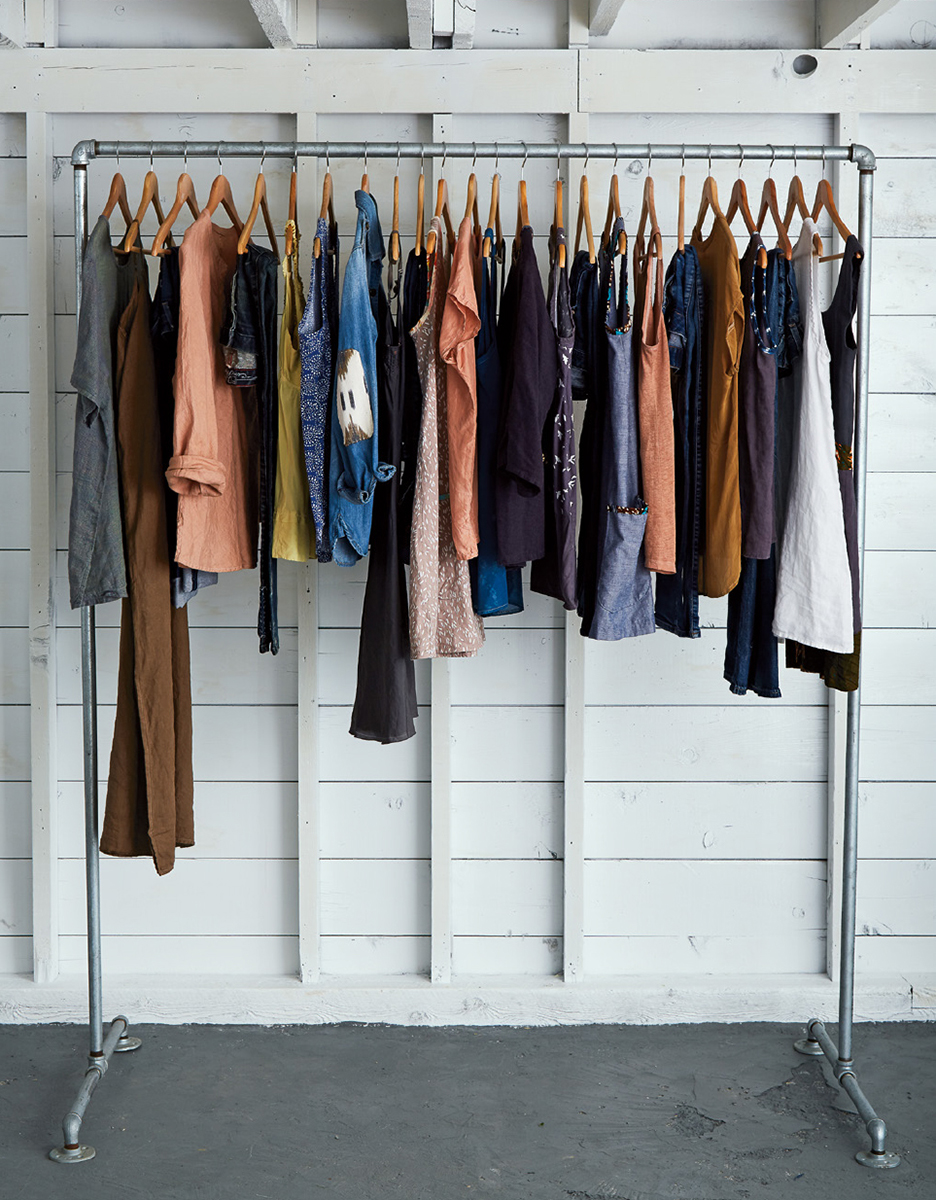

MAKE THRIFT MEND
On August 1, 2013, I started an art project, Make Thrift Mend, and vowed not to buy new clothing for an entire year. The project was my attempt as a fiber artist to engage with whats known as social practice or art as action. I used my personal relationship with fashion as the center of my creative experiment. I publicly pledged to make simple garments, purchase secondhand, and mend the clothing I already owned while considering how best to engage with ethical and sustainable fashion. It was akin to a food fast, intended to pause my clothing consumption so I could slow down, reconsider, and realign. Ultimately, this project changed my life, redirected my work, and moved my family three thousand miles to a two-hundred-year-old farmhouse to start a homestead. It also positioned me in a Slow Fashion community that continues to fuel me with deeper passion, optimism, and joy than I ever imagined.
Next page
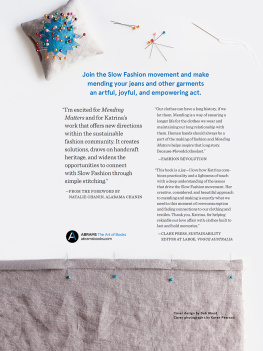

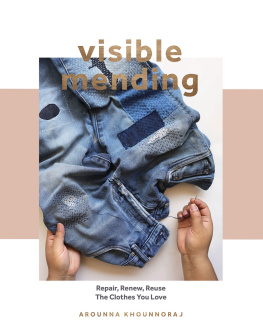
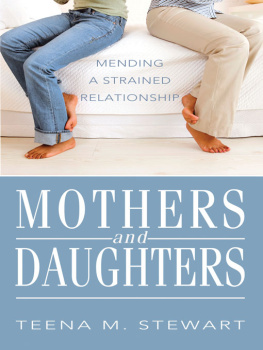
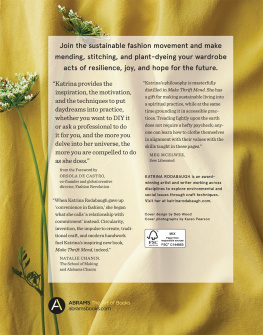

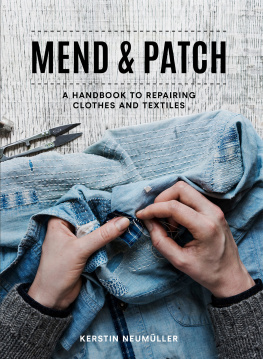
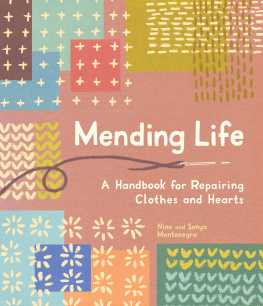

![Noriko Misumi [ミスミノリコ] - Mending with Love: Creative Repairs for Your Favorite Things](/uploads/posts/book/306555/thumbs/noriko-misumi-mending-with.jpg)
